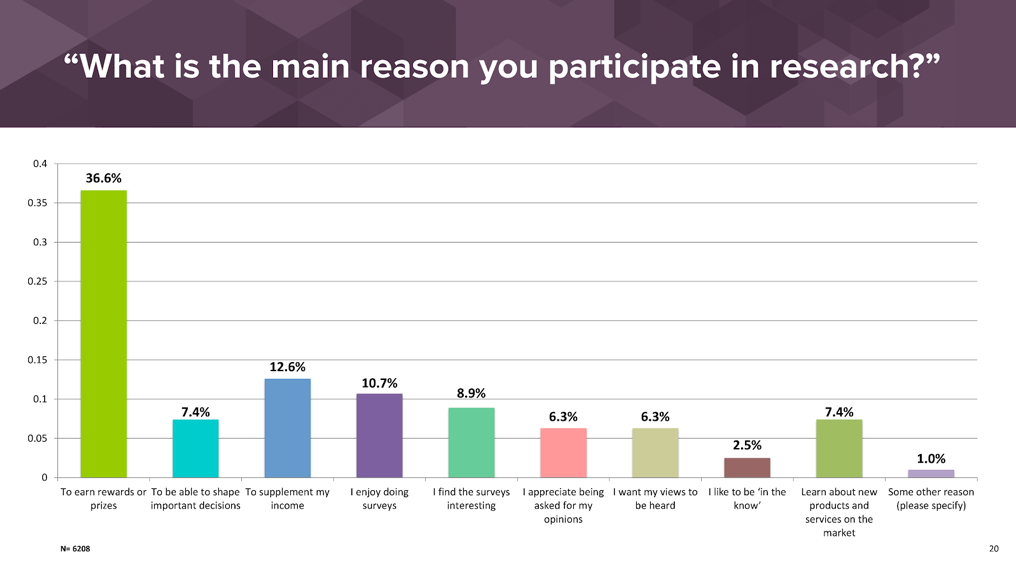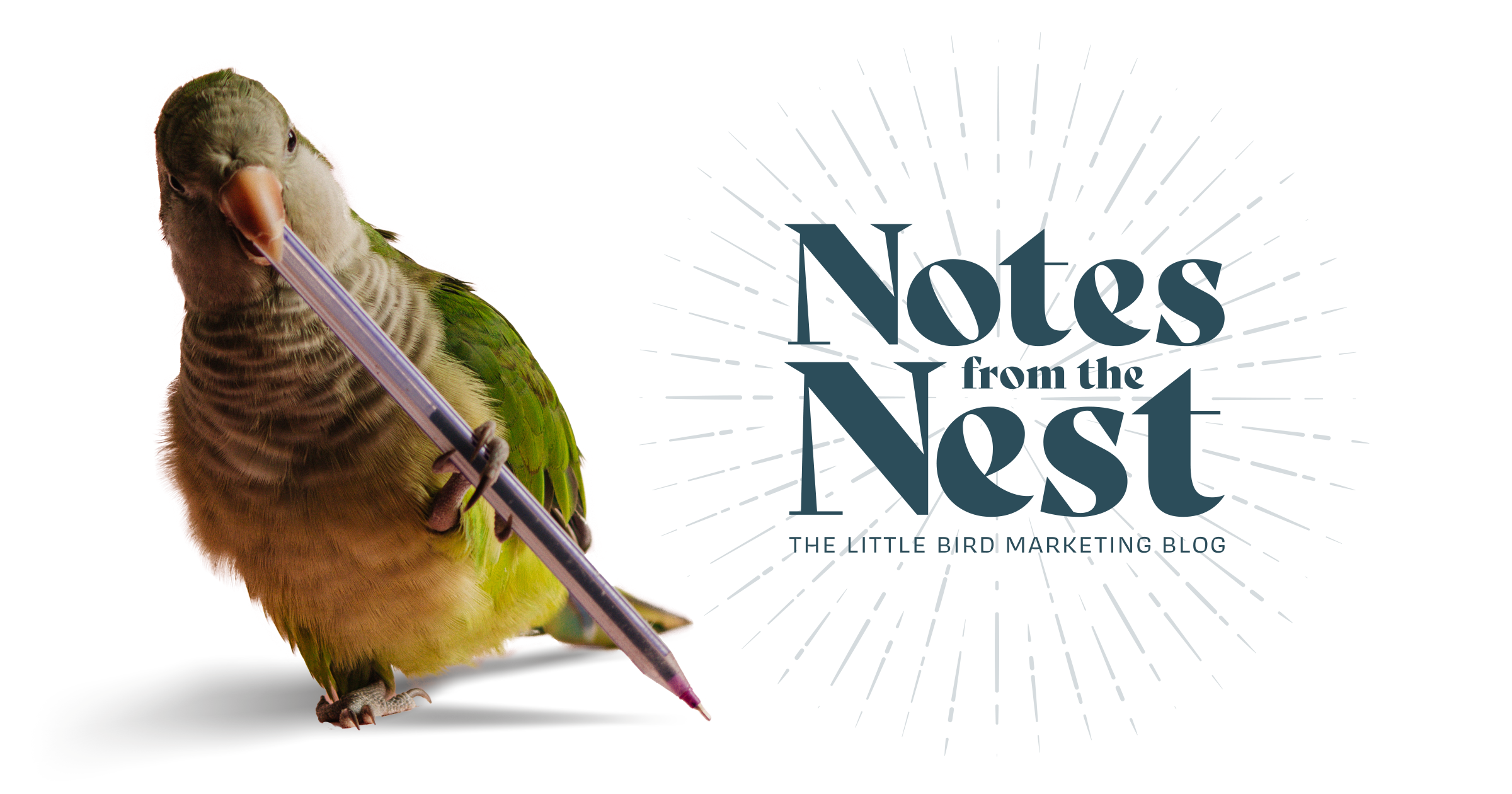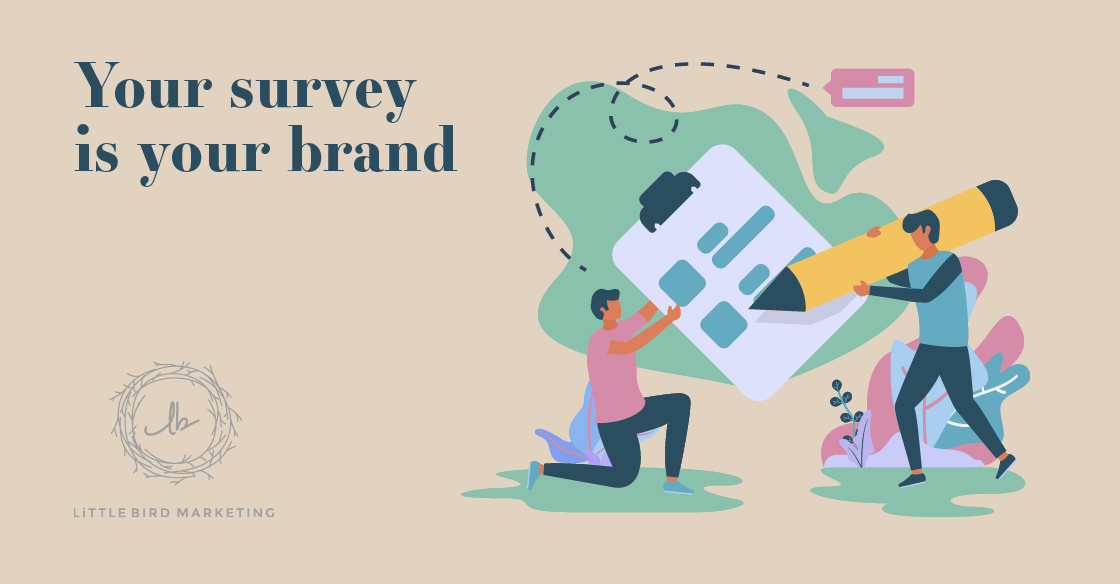guest blog by Baillie Buchanan, Research for Good
Netflix, Snapchat, TikTok, Fortnite - when you’re inviting people to take a survey, these apps and many more are your competition for attention. When you ask a customer to take a survey about their recent experience in your store or when your market research sample company tries to connect 1,000 generation pop culture consumers to your brand awareness tracker - why would the individuals you most want to hear from want to spend their time answering your survey?
In 2017, the GRIT report tried to answer this question:

At first glance, “to earn rewards/prizes” is the clear winner. However, if you look more closely, the remainder of the options speak to the experience of the participation itself. Combining answers like “to be able to shape important decisions” and “I want my views to be heard” it becomes clear that nearly half of all respondents said their main reason for participating in research has more to do with being heard and the experience of research than it does with the monetary reward.
Yet, we still often operate under the assumption in the insights industry that respondents are in it for the incentive - the nominal reward of points/cash/in-app rewards which entice them to participate in market research. However, the reality of incentives today is that the price compression in research budgets has squeezed incentives to the point of not adequately compensating the average consumer for their time.
Instead, everyone is looking for a positive and rewarding experience online. Business empires are built on giving customers a rewarding, gratifying and addicting experience. Likely, your business is heavily involved in brand/customer experience. Optimizing every interaction with your customers and future customers in the hopes of attracting them to buy whatever exciting product or service you’ve built, is probably baked right into your corporate KPIs.
Research is part of that brand experience. Whether you’ve explicitly stated who or what brand you’re researching, often the respondent will be able to discern, or at least make a guess. At a minimum, they’ll know your category. That means that in the respondent’s mind, at this moment, their survey experience IS their brand experience.
In order to make the most of that brand interaction, here are three tips for ensuring your research experience isn’t tarnishing your brand experience:
Test Your Survey
You’ve heard this before, you probably already have some sort of protocol for testing your survey, but here’s where you’d do well to take it further. Don’t delegate testing to your programmers or interns. It’s not enough to look for errors. Go home, grab your favorite beverage, turn on the tv, grab your phone. NOW test your survey. Can you get through it while your partner is in the kitchen, the kids are in the playroom and you’ve got the tv on? Is it engaging enough to capture and hold your attention? To pause your show? Are you still paying attention 17 minutes in?
-
THEN, ask your mom, grandma, partner, neighbor and personal trainer to test it too. If you hesitate, pay attention. Are you embarrassed? Do you feel like it’s asking too much?
-
THEN, collaborate on the survey/research experience with your #UX or #CX teams. Walk your brand manager or marketing intern through the survey.
-
Rinse and repeat until you can confidently say you’d be proud to knock on your 20-something neighbor’s door and ask them to complete the survey. That’s when you’ll know you’re onto something.
Feedback
If you’re using a sample or panel company to source your respondents, ask them for feedback on your survey. Good partners monitor survey performance across verticals and audience segments. They know what engages people, what redundancy will do to your completion rate and how much you’ll have to pay to over-recruit to compensate for a high drop-out rate (a clear indicator of a “bad” survey).
Rewards
Building feel-good rewards right into the survey experience. Reward your participants with kudos, encouragement, feedback, and gratitude. Here are some examples:
-
“Your feedback so far has been super helpful, we’ve got just 5 more questions for you”
-
“Interesting, 25% of participants so far have said the same thing”
-
“Thank you for sharing your thoughts with us. We’re collecting 1000 responses to this survey and once we have them all we’ll be devising a plan for launching version 2.0 of our app. Thanks to your feedback we’re confident it will be better than ever!”
Include interesting stats along the way. You don’t have to give away confidential information, but consider opportunities to share interesting tidbits with participants to help them feel a part of something bigger than themselves. Get creative. Surprise and delight the respondents. Get that marketing intern back in the room to help think outside the box about how you could add a moment of lightness into the research experience.
When you treat your participants with respect and gratitude, they’ll add value to your data by reciprocating with respect and attention.
In fact, research has been done to prove how much the experience matters in research. For details on why this is such an important issue, as well as many many more tips on how to improve the experience in both quantitative and qualitative research, check out the Engage Handbook by the GRBN.
As marketing and advertising focus on personalization and experience, we forget that our role is “human understanding”. In order to produce reliable human understanding, start with empathy, respect, and curiosity. Your data will thank you!

This blog was written by Baillie Buchanan, cofounder and CRO of Research for Good. Learn. More about Research for Good’s mission.
Follow Baillie on LinkedIn and Twitter
Check out Priscillas’s interview with Baillie on Ponderings from the Perch





Let Us Know What You Thought about this Post.
Put your Comment Below.